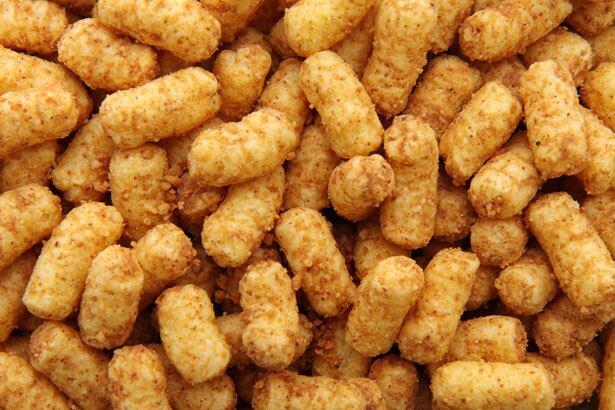BakeryandSnacks.com spoke to key scientific and industry stakeholders in the area to find out if opportunities exist for snack makers and to identify potential hurdles in food waste packaging.
“Security of supply and the heterogeneous nature of food by-products can be seen as a problem,” said Lucie Pfaltzgraff, a graduate researcher at the Green Chemistry Center of Excellence at the University of York in northern England.
“The latter can also represent an opportunity given the large number of chemical compounds present in such residues,” she told BakeryandSnacks.com.
Pfaltzgraff heads up a research project looking into use of orange peel compounds to make packaging materials – the Orange Peel Exploitation Project (OPEC).
“Cellulose can be extracted from the peel under microwave conditions. This material has a proven track record for packaging applications,” she said. Other polymers suitable for packaging can also be created from the components of orange peel, she added.

Hold fire: Not yet snack ready…
However, Marit Kvalvåg Pettersen, senior research scientist at the Norwegian food research institute Nofima, said research into food by-product compounds to create packaging suitable for food products remained in its infancy.
“There are some steps to go in order to get the materials optimized for food packaging,” Pettersen said.
Packaging made with biopolymers from food waste can be sensitive to water and humidity – losing important functional properties like oxygen barriers and tensile strength on exposure, she said. “Often mechanical properties will be altered when in contact with fresh product."
While snacks are less moist than food like meat and fish, the fat content of the product could react negatively with food by-product biopolymers in the packaging material, she warned.
Is it truly eco-friendly? Processing must be considered
Pattersen observed that the true environmental value depends on the process.

“A lot of processes for biopolymers need a lot of energy and a lot of water. Therefore the total picture of the environmental use may not be that good,” she said.
Extracting compounds from food waste to make biopolymers is also very work-intensive; requiring a lot of processing.
Dick Searle, CEO of industry association The Packaging Federation, agreed that processing would have to be scrutinized when snack makers considered the environmental impact of packaging from food by-product.
“If it takes five times as much energy to make the product from waste, does that make it more sustainable?” he wondered.
“I think there is a future for materials to be manufactured from materials that would otherwise go to waste – that is to be clearly encouraged – but whether the end product is different or better is another thing. I’m not for a minute going to argue that it’s wrong, but it very much depends on the science and processing behind it."
Costs must be considered

Darren Harpur, acting CEO of New Zealand bioplastics specialist Aduro Biopolymers, spoke of the cost considerations.
“The reality is that unless those materials can be manufactured at a price point comparable with existing packaging materials, large scale uptake of the technology will be difficult,” Harpur said.
“Meeting a specified price point often means meeting the price of an existing product, or being cheaper. The bioplastic technology of today means this is technically difficult to meet."
Aduro Biopolymer is developing a bioplastic ‘Novatein’ from the co-product of red meat (bloodmeal) for non-food contact packaging applications. Commercialization in Australia is set for 2016.
Something to snack on in the future?
So while there may be a long way to go, research into the use of food by-products for food contact packaging materials is certainly attracting an increasing amount of funding, said York University researcher Pfaltzgraff.
And industry is beginning to recognize the academic potential, she said, “especially as industry is slowly but surely agreeing to collaborate in this area”.
More from this 'going green' special edition:
Do consumers care about sustainable snack packaging?
Sexy, cheap and eco-friendly: What retailers snack on
Shhhh! Sustainable snack packaging is a covert operation. But why?
